Largest Recent Hire of Faculty in the Arts Brings 10 Gifted Scholars to Berkeley
Their new perspectives and ideas "help us imagine a world that doesn’t yet exist," says Sara Guyer, dean of UC Berkeley's Division of Arts and Humanities.
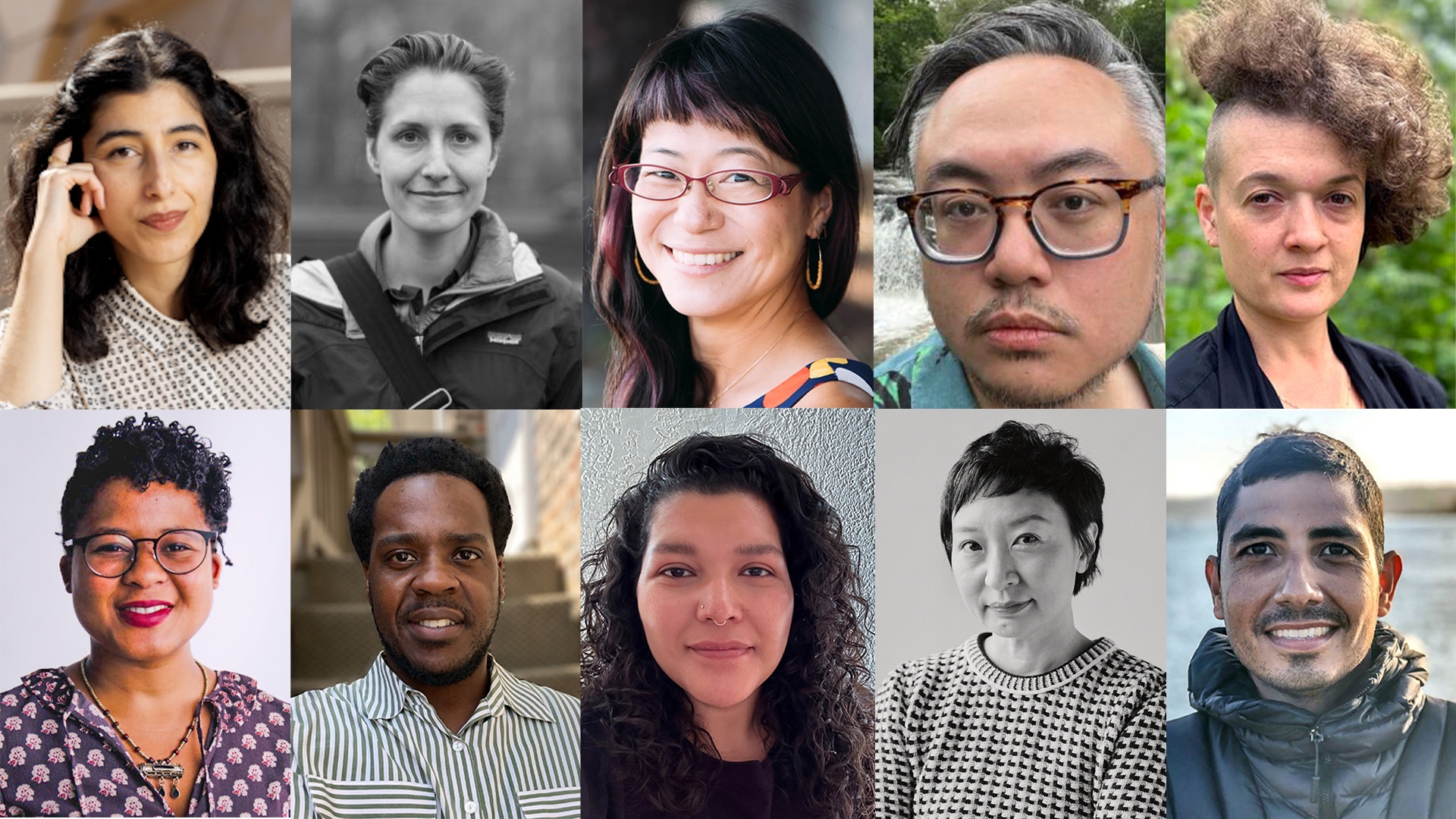
The recent hire of 10 faculty members in UC Berkeley’s Division of Arts and Humanities is "the largest arts hire in recent years, and it shines a light on the important role that artists play at a public research university," said Sara Guyer, dean of the division.
These new scholars, welcomed to campus to continue Berkeley’s legacy of shaping cultural movements, generational narratives and historical moments, are at the forefront of their respective fields in poetry and creative writing, ethnomusicology, world cinema, printmaking, painting, theater directing and other fields. Their hiring was modeled after a cluster hire — an approach in which multiple scholars are hired into one or more departments based on shared, interdisciplinary research interests — to provide them with an intentional community of practice.
"The arts at Berkeley help to shape the conversations we have, the research we do, and guide us toward our commitment to the greater good," said Guyer. "These faculty bring new perspectives and ideas to campus — from their studios, classrooms and screens — that help us to imagine a world that doesn’t yet exist."
She added that Berkeley’s arts departments are experiencing "an incredible amount of interest, and we’re seeing enrollments rise in art practice, music, and film and media studies, in particular, especially as incoming undergraduates understand how the arts provide an arena for creative problem-solving, storytelling and critical inquiry."
The new faculty members are:
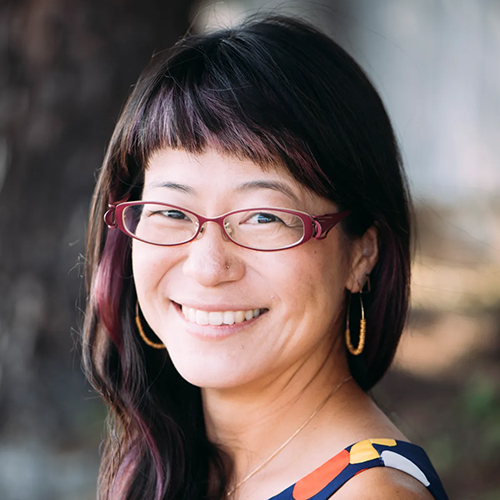
Marié Abe, associate professor in the Department of Music
Born in Japan, Abe is an accordionist and ethnomusicologist with primary research interests in ethnomusicology; the politics of space and sounds; Japanese performing arts; Afrofuturism; and cultural advocacy. Her accordion styles encompass musical genres, such as experimental, improvisational, Balkan, indie rock, Middle Eastern, Brazilian, tango, Ethiopian and Mediterranean folk. She coproduced the 2011 NPR radio documentary, Squeezebox Stories, and was a member of the Boston-based Ethiopian groove collective Debo Band.
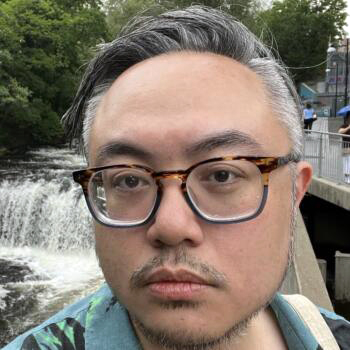
Iggy Cortez, assistant professor in the Department of Film and Media
Cortez's research interests include world art cinema, critical race studies, diasporic thought, the visual and sensory culture of digital media and questions of sexuality, and cinematic performance and embodiment. Cortez’s work has included a film series at the Philadelphia Museum of Art on representations of murder and nocturnal travels and a project on the histories and afterlives of “race films” for the Penn Humanities Forum. He is currently working on a book that examines the relationship between technologically mediated perception and the sensory dimensions of the historical present.
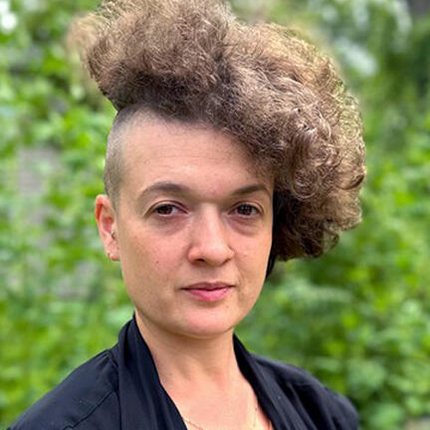
Timmia Hearn DeRoy, assistant professor in the Department of Theater, Dance and Performance Studies
DeRoy’s scholarship is in the areas of post-colonial theater practice, transnational feminist praxis and disability justice, and she engages in community-oriented and social change-focused theater across the diasporas to which she belongs. Her directing credits include 10,000: A One-Woman New Play Development by Victoria Taurean (2020), In the Blood by Suzan-Lori Parks (2019), an original I Am One musical comedy called Buss de Mark (2016), A Midsummer Night’s Dream by William Shakespeare (2013-14), Two Can Play by Trevor Rhone (2013-14) and An Echo in the Bone by Dennis Scott (2012). Listen to a Berkeley Voices podcast episode with DeRoy about how Trinidad and Tobago's Carnival practice drives her work today.
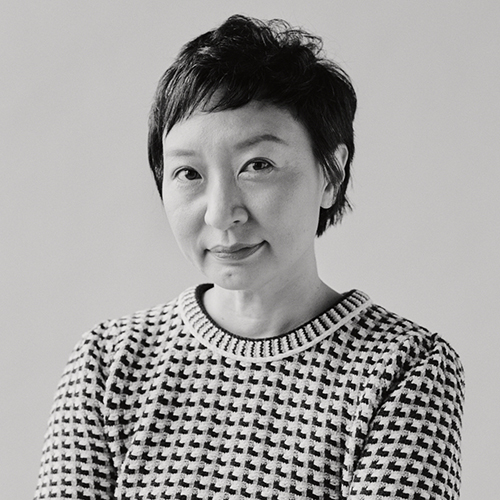
A writer and poet, Hong has published three volumes of poetry, and her book, Minor Feelings (2020), was a Pulitzer Prize finalist and received the National Book Critics Circle Award for autobiography. She was also named on TIME’s 100 Most Influential People of 2021 list and received the Windham-Campbell Prize, a Guggenheim Fellowship and a National Endowment for the Arts Fellowship. Read a Q&A with Hong on poetry, AI and an intellectual homecoming.
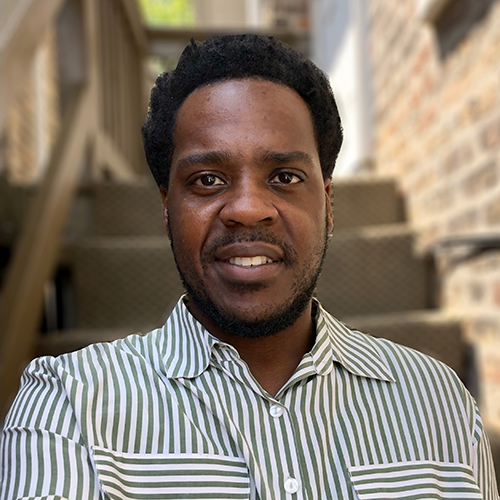
Darian Longmire, assistant professor in the Department of Art Practice
Longmire’s art articulates the dichotomy of Blackness through invisible matter, black holes and time warps. With years of experience studying media including digital processes, drawing, printmaking and design, Longmire considers himself a "remixer," using his skills to create a world of abstraction. Longmire combines his print-based work, which explores physics, philosophy and outer space, with broader ideas regarding space and time. Longmire’s recent works, such as his Convoluted Magnetism series, aim to challenge the idea of the fixed image and were inspired by his interest in using concepts of physics and outer space to construct alternate political realities.
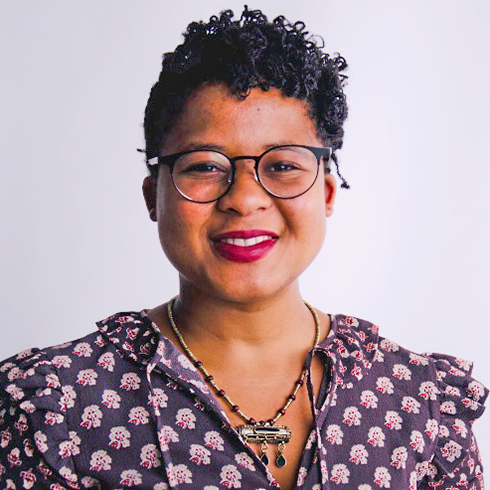
Nsele is working on her first monograph, which explores how nostalgia can generate visual epistemologies that sanitize, disavow and aestheticize oppressive racial histories, despite its conventional significance as an affective structure that affirms Black social life. A central theme in Nsele’s research and writing is her critique of image-based rituals of anti-Black violence.
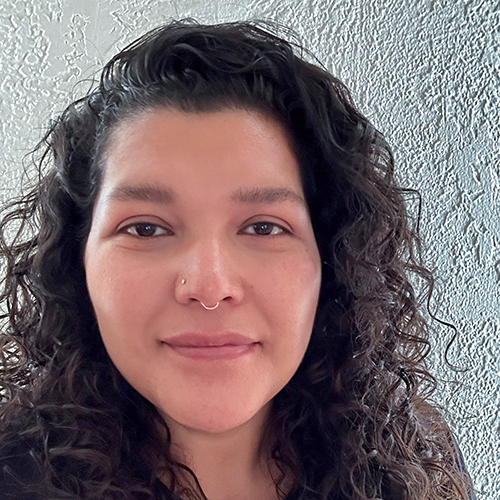
Luanne Redeye, assistant professor in the Department of Art Practice
Having grown up on the Allegany Indian Reservation in Western New York, and as an enrolled member of the Seneca Nation of Indians and Hawk Clan, Redeye incorporates community, family and culture into her work. Her collections have been exhibited at the Museum of Contemporary Native Arts, the Seneca Art and Culture Center at Ganondagan, the Institute of American Indian Arts, Saint Lawrence University, the New York State Museum and El Museo Cultural de Santa Fe.
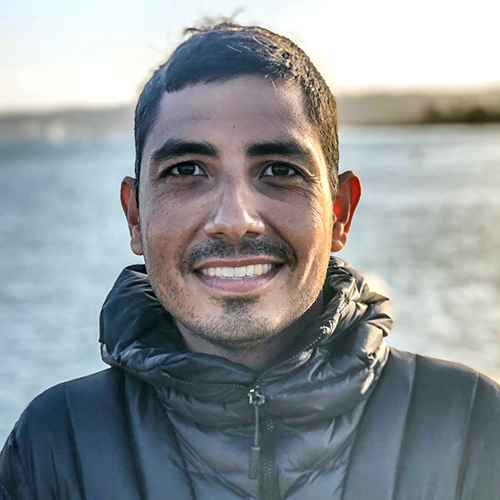
Juan David Rubio Restrepo, assistant professor in the Department of Music
From Colombia, South America, Rubio Restrepo’s research interests include theories of the human, decolonial theory, media studies, cultural and ethnic studies, critical theory, studies of music and sound, ethnomusicology, and Latin American, Chicanx, Caribbean and African American thought. He is using multi-sited archival research and auto/ethnography in his current book project, which focuses on placing the music and figure of Ecuadorian singer Julio Jaramillo in dialogue with popular music in its literal translation. He has performed at Angel City Jazz Festival, Festival Internacional de la Imagen, Festival Altavoz, and the Rock al Parque and Jazz al Parque festivals.
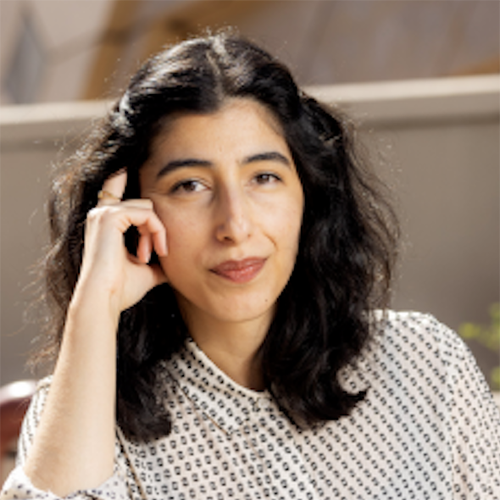
Solmaz Sharif, the Shirley Shenker Assistant Professor in the Department of English
Born in Istanbul to Iranian parents, Sharif is the author of the books, Customs (2022) and Look (2016), which was a finalist for the National Book Award. She graduated with a B.A. from UC Berkeley, where she studied and taught with June Jordan’s Poetry for the People arts/activism program, and an M.F.A. from New York University. Her work has appeared in Harper’s, the Paris Review, Poetry magazine, the Kenyon Review, the New York Times and other publications. She has received a Discovery/Boston Review Poetry Prize, a Rona Jaffe Foundation Writers’ Award and a Holmes National Poetry Prize from Princeton University, as well as fellowships from the National Endowment for the Arts, the Lannan Foundation and Stanford University.
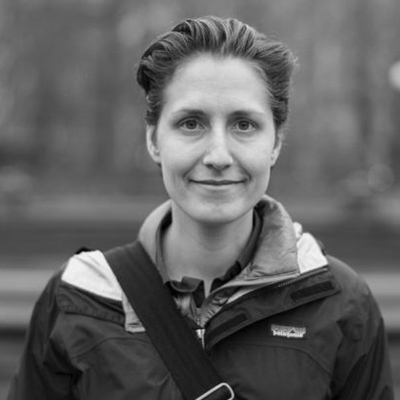
Nicole Starosielski, professor in the Department of Film and Media
Starosielski researches the relationship between technology, society and aquatic environments, which her book, The Undersea Network, explores through examining undersea cable systems. Her works on topics, such as Guam’s critical role in transpacific digital exchange and the cultural overlap of cable systems in Hawaii and California, have been published in a variety of journals, including the International Journal of Communication, Amerasia and the Journal of Visual Culture.
Berkeley’s artists and practitioners — both faculty members and alumni — have always been shape-shifters.
Early on, the division’s Department of Art Practice was the academic home to famed abstract expressionist Hans Hoffman. Other examples include visual artist Jay DeFeo, who studied art at Berkeley in the mid-1940s and received her B.A. and M.F.A. degrees from the Department of Art Practice; writer and journalist Joan Didion, a 1956 Berkeley graduate with a B.A. in English; Shirin Neshat, who left Iran in 1975 to study art at Berkeley, where the visual artist earned her B.A and M.F.A. degrees from the Department of Art Practice; Vietnamese professor and novelist Viet Than Nguyen, who received a B.A. in English and ethnic studies in 1992 and a P.h.D in English in 1997; and the late Richard Taruskin, a world-famous musicologist on the Berkeley faculty until he retired in 2014.
Today, Berkeley continues to be a haven for some of the most celebrated artists and practitioners, including conceptual artist Stephanie Syjuco, an associate professor of sculpture; Professor and Art Practice Chair Ronald Rael, known for his architecture, installations and human rights and advocacy along the U.S.-Mexico border; and Professor Joe Goode, a choreographer, writer and director who is a longtime innovator in the field of dance.
The division has deliberately hired new faculty during the past few years in larger, more intentional groups to foster collaborative research opportunities and affinities throughout the division. The hiring also reflects increasing student demand in the arts.
"Student interest in the arts continues to grow," said Guyer, "and the division is working hard to meet student demand by recruiting the most creative, thoughtful and innovative artists and scholars working in the world today."
The campus community has the opportunity to meet each of these new faculty members at Loft Hour, a lunchtime series being presented during the 2023-24 academic year by the Arts Research Center. Two new arts faculty members will be featured each month, in conversation about their practice and scholarship.
